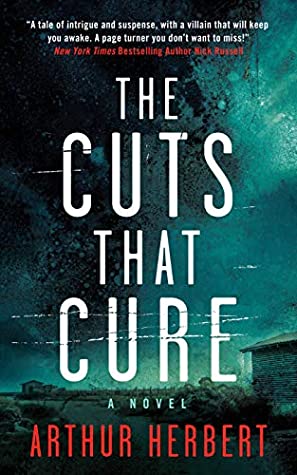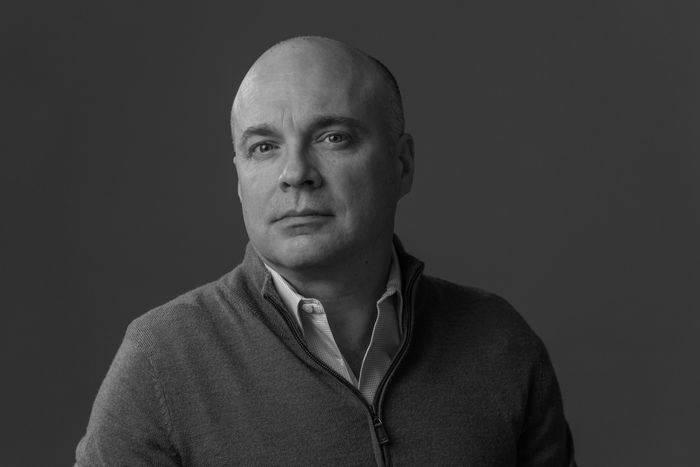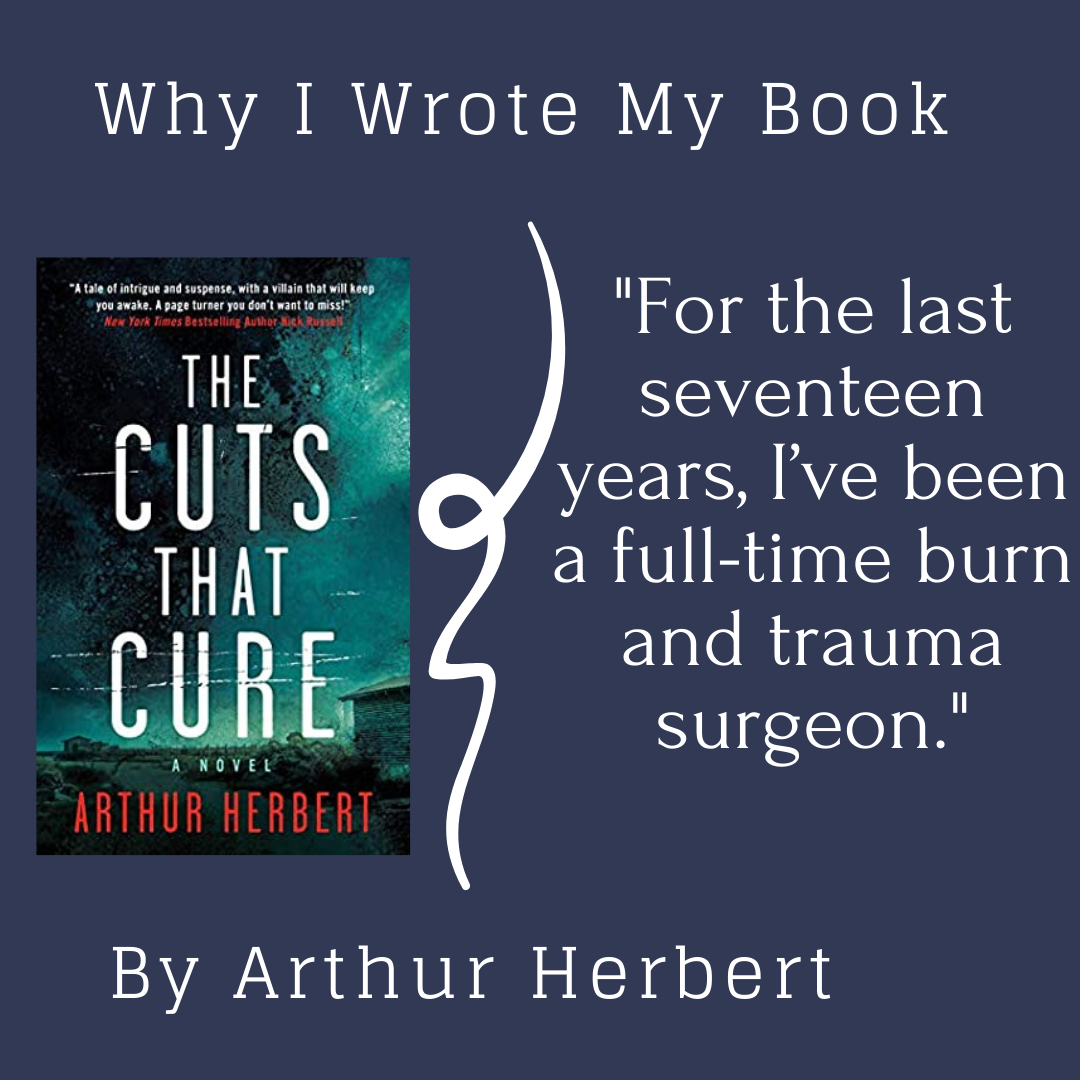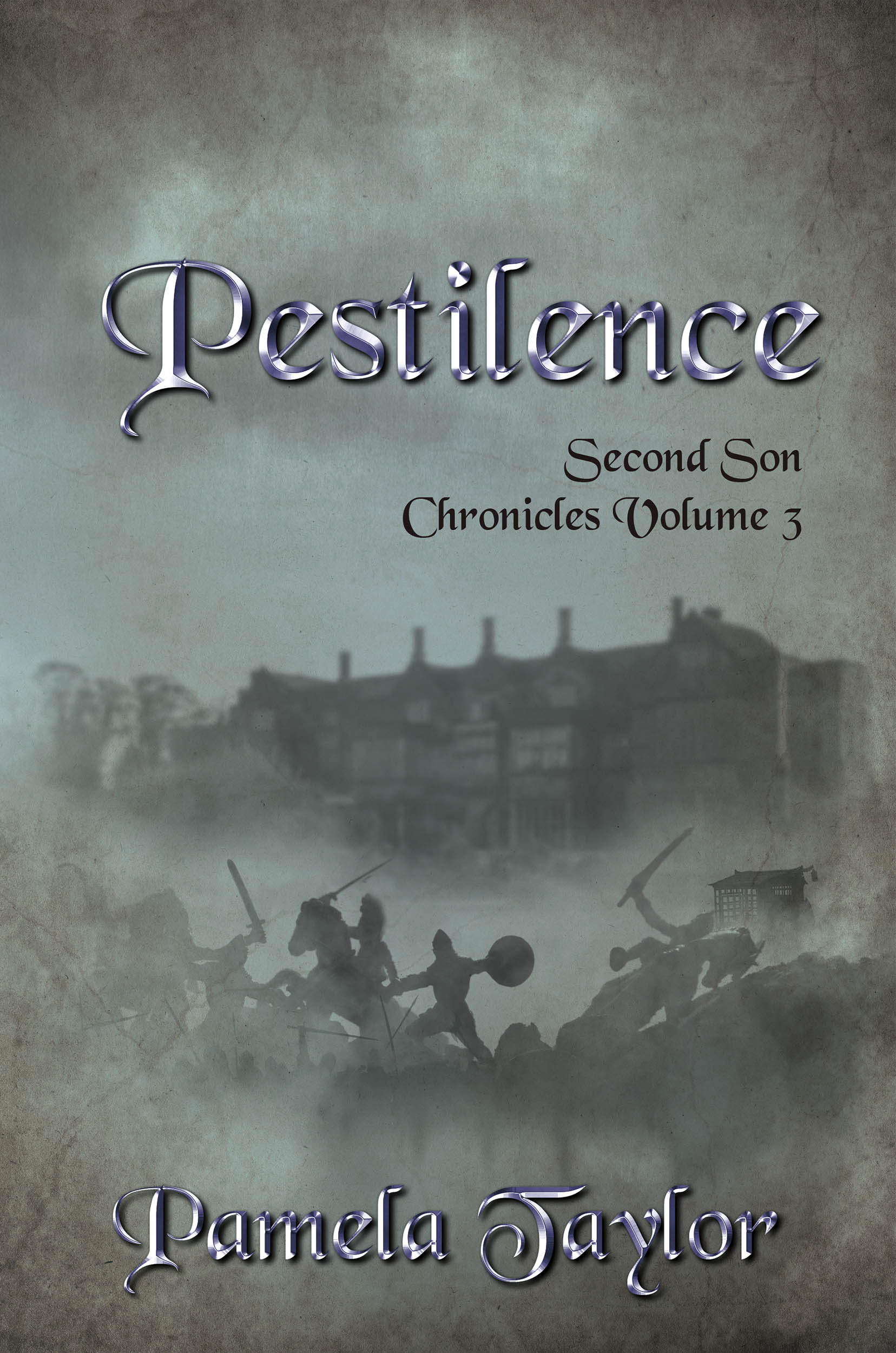Back again with us is Arthur Herbert, author of the book The Cuts that Cure. Find out what leads him to writing, and find out more about his book now available for purchase. You can read an excerpt from the book, support bookstores by ordering a copy on BookShop.org, or order on Amazon. Make sure to add it to your reading list. Take it away Arthur!
I’ve always been a storyteller.
I come by it naturally—my brother Michael is the most gifted storyteller I’ve ever personally met—and then I have a job that lends itself to accumulating anecdotes. For the last seventeen years, I’ve been a full-time burn and trauma surgeon. I did my surgical residency at a large county hospital in the south which was known for the volume of trauma patients that it saw, and at a time that surgical education nationwide was notorious for granting residents high levels of autonomy.
My hospital’s physical plant was a throwback, eighteen floors of dingy concrete squatting in the middle of downtown. Inside, one found old-fashioned wards containing rows of beds under eighteen-foot ceilings. Pipes ran overhead from which hung the shower curtains that shielded patients from their neighbors, and the spacing was cramped enough that when two bed-bound patients fully extended their arms, their fingertips would just touch. A single TV was placed on a nightstand at the front of the ward next to the nurses’ desk, and many a Faustian bargain was struck to have one’s bed assignment moved closer to the TV screen for easier viewing.
The operating rooms were on the 12th floor because, as it was explained to us when we asked, when the structure was built in 1939, flies were known not to go that high. Further, when we took trauma cases to the OR we used the public elevators in the main lobby. Can you picture going to visit a friend in the hospital and while waiting on the main elevator, seeing a gurney rush toward you leaving a blood trail behind it that looked like someone slit a cat’s throat and dragged it across the old sparkle linoleum? I can personally attest that one will never get anyone’s attention in one’s life like one does when the elevator doors open and the exiting crowd sees you standing there covered in blood with your hand inside the chest of a moribund man, literally trying to squeeze life back into his flaccid heart while loudly asking them to get out of the elevator car now. Needless to say, as young surgeons-in-training, we loved it.
It wasn’t all blood and guts either. One exhausted colleague was written up after being called to remove a cucumber from the rectum of an embarrassed patient, and after pulling it out and examining the vegetable said before throwing it away, “Sir, I don’t know what to tell you except you have got to start chewing your food better.” Another was treating a belligerent drunk who kept trying to sit up on the gurney while the young doctor sewed up his many lacerations until finally in frustration he sewed the man’s ear to the nylon covering of the stretcher’s foam mattress to keep the man still until my colleague could finish his job. I had a woman who, after being told in the surgery clinic that she had breast cancer and would need a mastectomy, began sobbing and wailing over and over, “Y’all gonna cut my tittie off!” Through the rest of the clinic visit, through check out, as she walked through the waiting room, and as the elevator doors closed, at volume ten, she must have said fifteen or twenty times, “Y’all gonna cut my tittie off!” My veteran nurse looked at me as the woman’s wails dissipated with the elevator’s departure, and said, “Well, I know what procedure to post her for.” Once when the air conditioners broke in August and the building was stifling hot, all elective surgeries were cancelled until a repair could take place. Emergencies were obviously an exception, though, and operating in that heat was miserable. One of my neurosurgery resident friends had as a solution to wait until the patient was asleep and then strip down to his boxers at the scrub sink and then gown and glove up wearing only his skivvies. Rather than get angry or offended, his OR crew said they wished they could get away with doing the same thing.
Trust me when I say I could go on and on. After five years of these shenanigans, I acquired a stable of stories that I’ve shared over many a beer at the bar or (after cleaning them up a bit) a dinner with friends.
The Cuts that Cure came about from my love of story-telling obviously, but it’s not humorous. The burnout that Alex feels is something that many of my colleagues and I experience from time to time (although we obviously have healthier coping mechanisms than Alex). Writing this book was a way of dealing with some of that. I hope you enjoy the read, and I promise that I’ll work hard to make you a fan.
About the Book, The Cuts that Cure

Alex Brantley is a burned-out surgeon whose desperation to start a new life outside of medicine leads him to settle in a sleepy Texas town close to the Mexican border, a town that has a dark side. Its secrets and his own past catch up with him as traits he thought he’d buried in the deserts on the frontiers of the border rise up again to haunt him.
To the citizens of Three Rivers, Henry Wallis appears to be a normal Texas teenager: a lean, quiet kid from a good family whose life seems to center around running cross-country, his first girlfriend, and Friday night football. That Henry is a cultivated illusion, however, a disguise he wears to conceal his demons. Both meticulous and brutally cruel, he manages to hide his sadistic indulgences from the world, but with that success, his impulses grow stronger until one day when a vagrant is found murdered.
When Alex and Henry’s paths cross, it starts a domino effect which leads to mangled lives and chilling choices made in the shadows along la frontera, where everything is negotiable.
Support bookstores by ordering a copy on BookShop.org, or order on Amazon. Make sure to add it to your reading list.
About the Author, Arthur Herbert

Arthur Herbert was born and raised in small town Texas. He worked on offshore oil rigs, as a bartender, a landscaper at a trailer park, and as a social worker before going to medical school. He chose to do a residency in general surgery, followed by a fellowship in critical care and trauma surgery. For the last seventeen years, he’s worked as a trauma and burn surgeon, operating on all ages of injured patients. He continues to run a thriving practice.
His debut novel, The Cuts that Cure, will be published by White Bird Publishing in Austin Texas on May 11, 2021. He has begun work on his second novel. Arthur currently lives in New Orleans, with his wife Amy and their dogs. Arthur loves hearing from readers, so don’t hesitate to email him at arthur@arthurherbertwriter.com.
Visit his website at: https://arthurherbertwriter.com/





